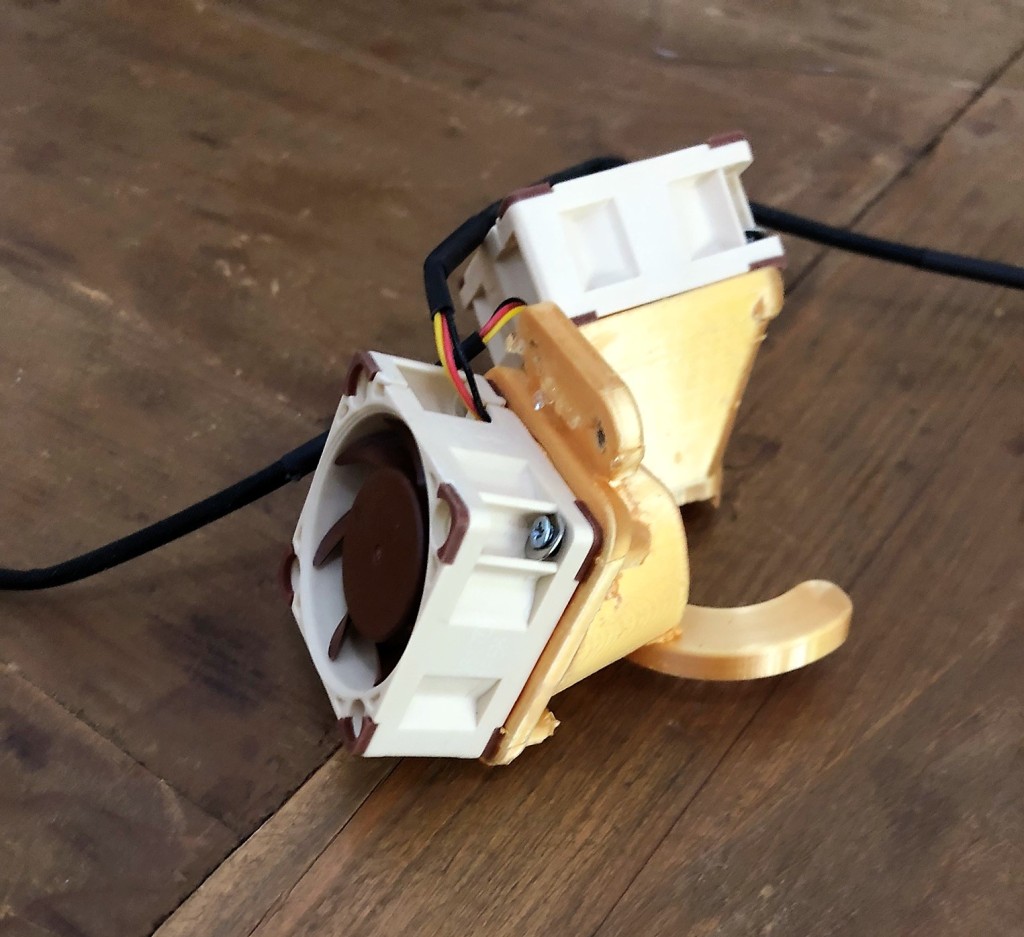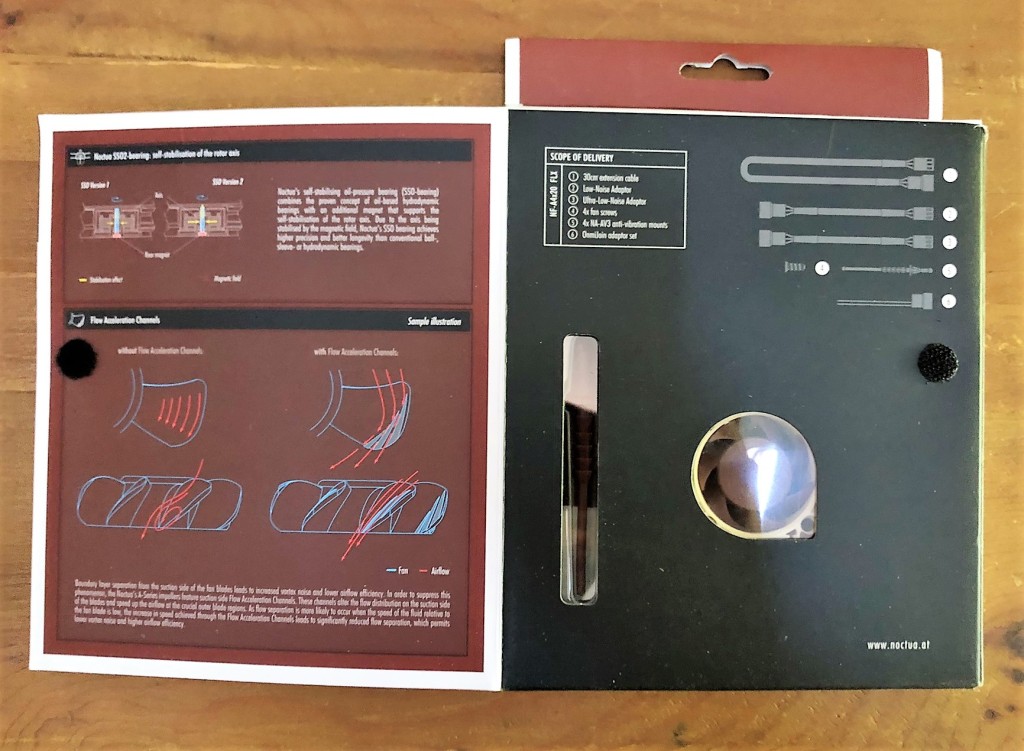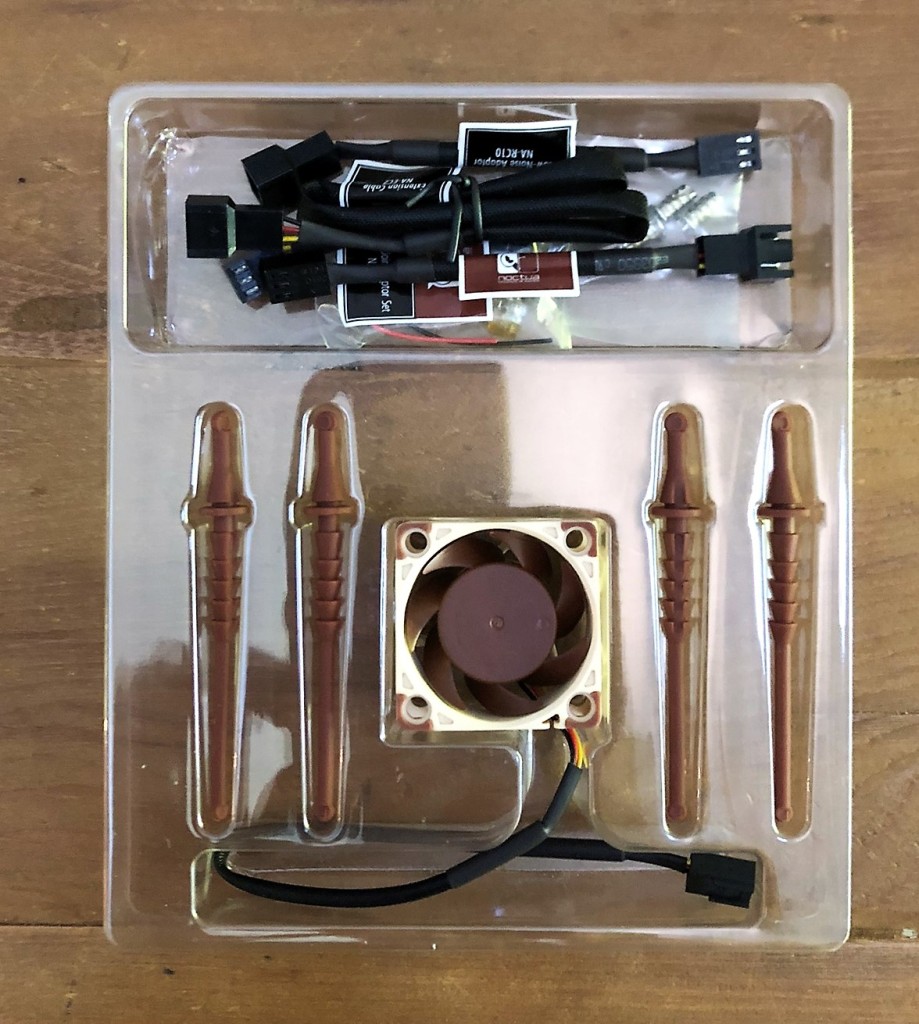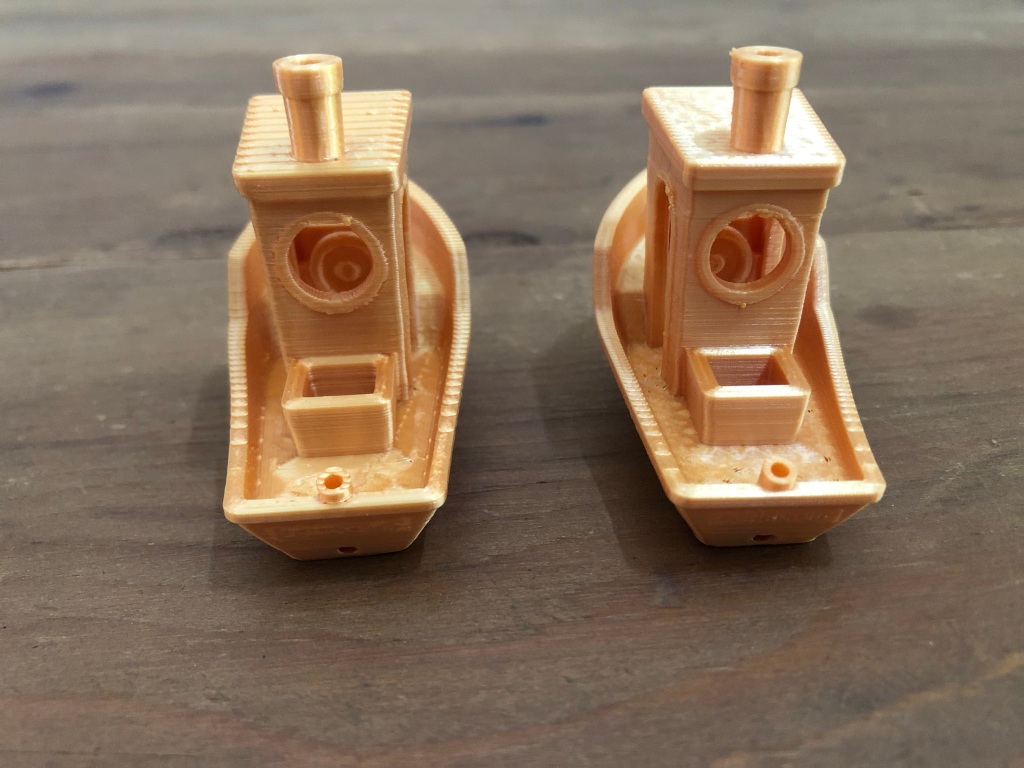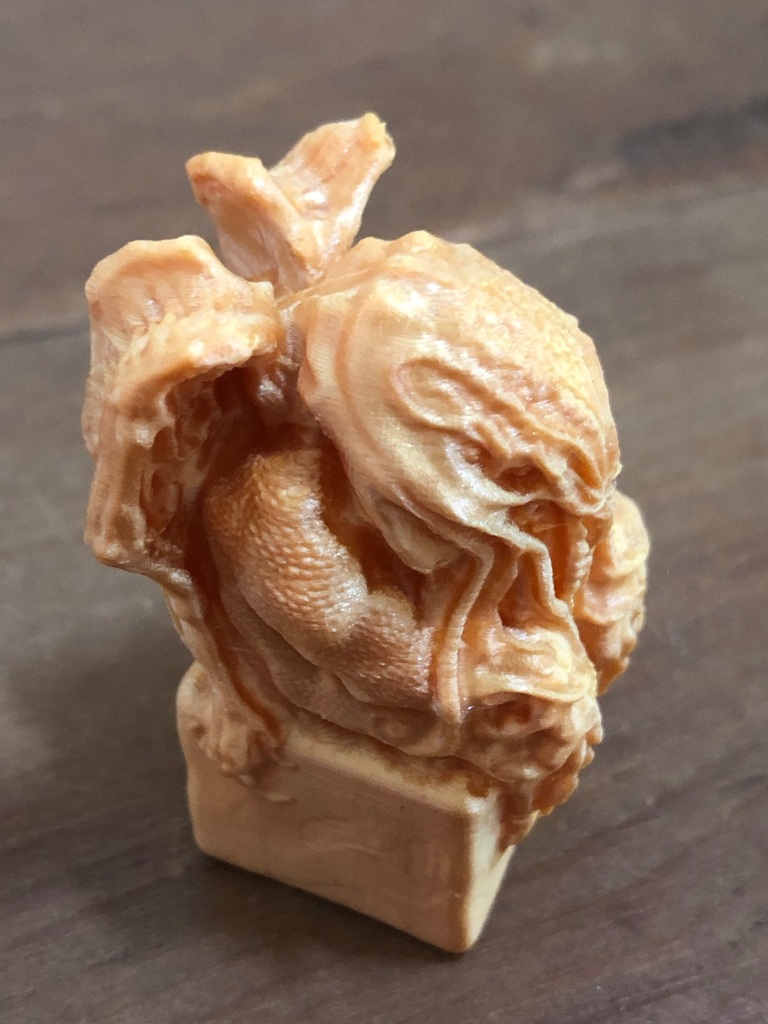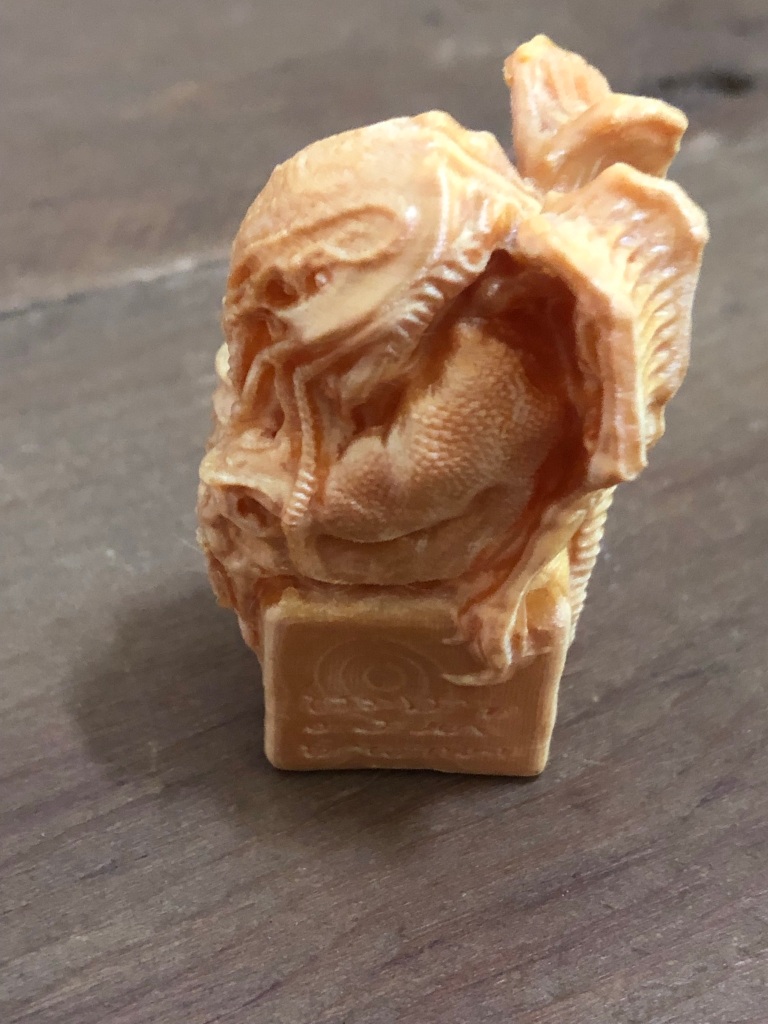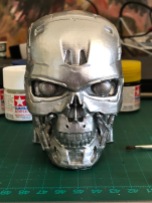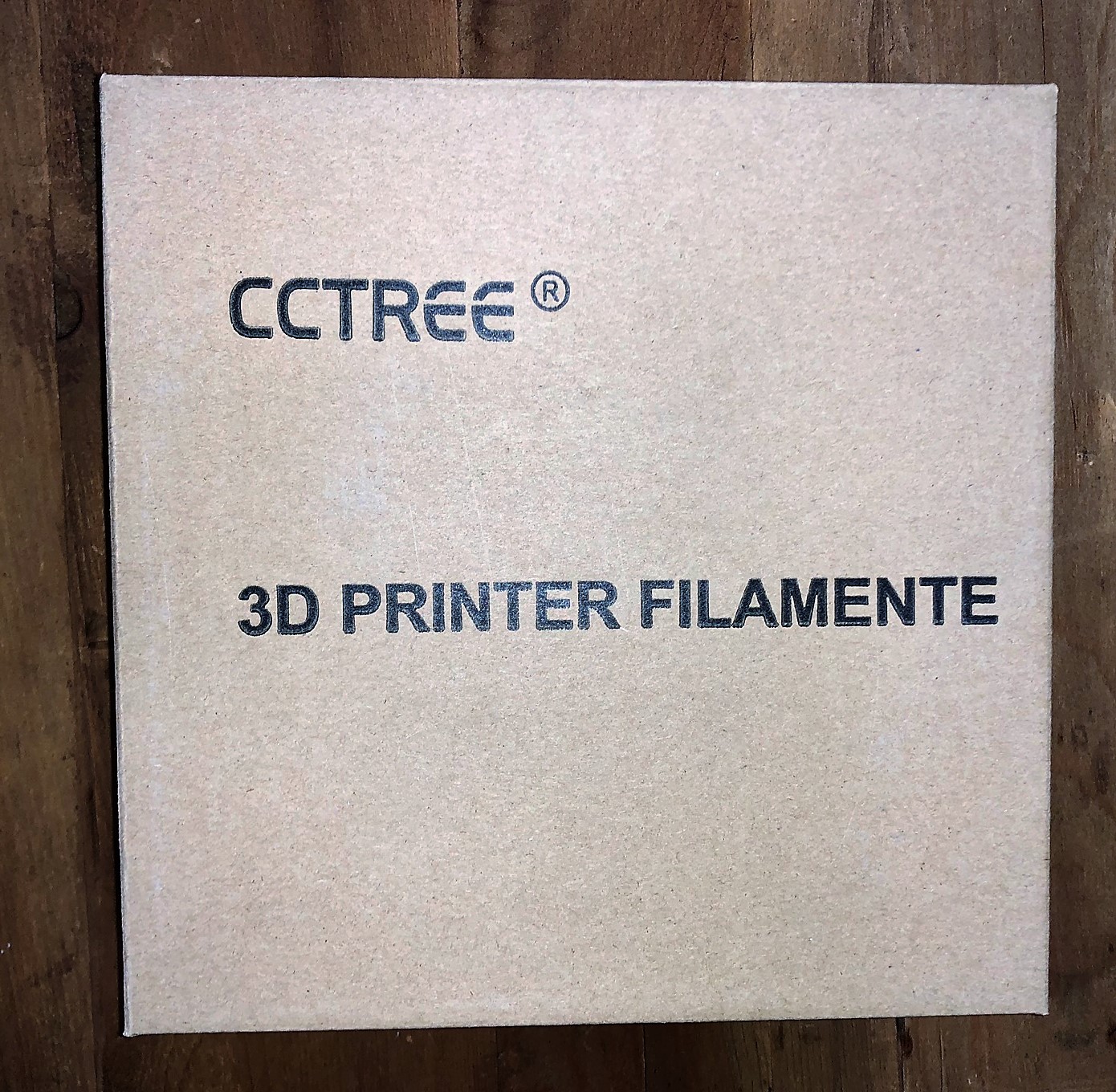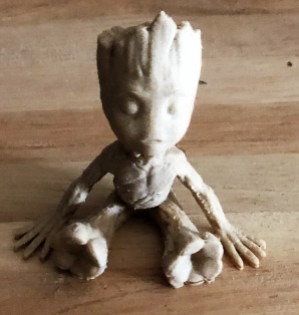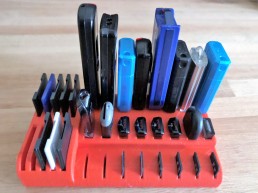
The Filament Friday Bed Leveler is an ingenious little device designed by Chuck Hellebuyck (From the YouTube Channel Filament Friday) to assist with the bed levelling of any FDM 3D printer by making the process easy and consistent.
The device is available on Amazon with two options: a slightly more expensive pre-assembled device or an unassembled DIY version (which I opted for). However, both versions require some 3D-printed parts to be supplied by the customer.
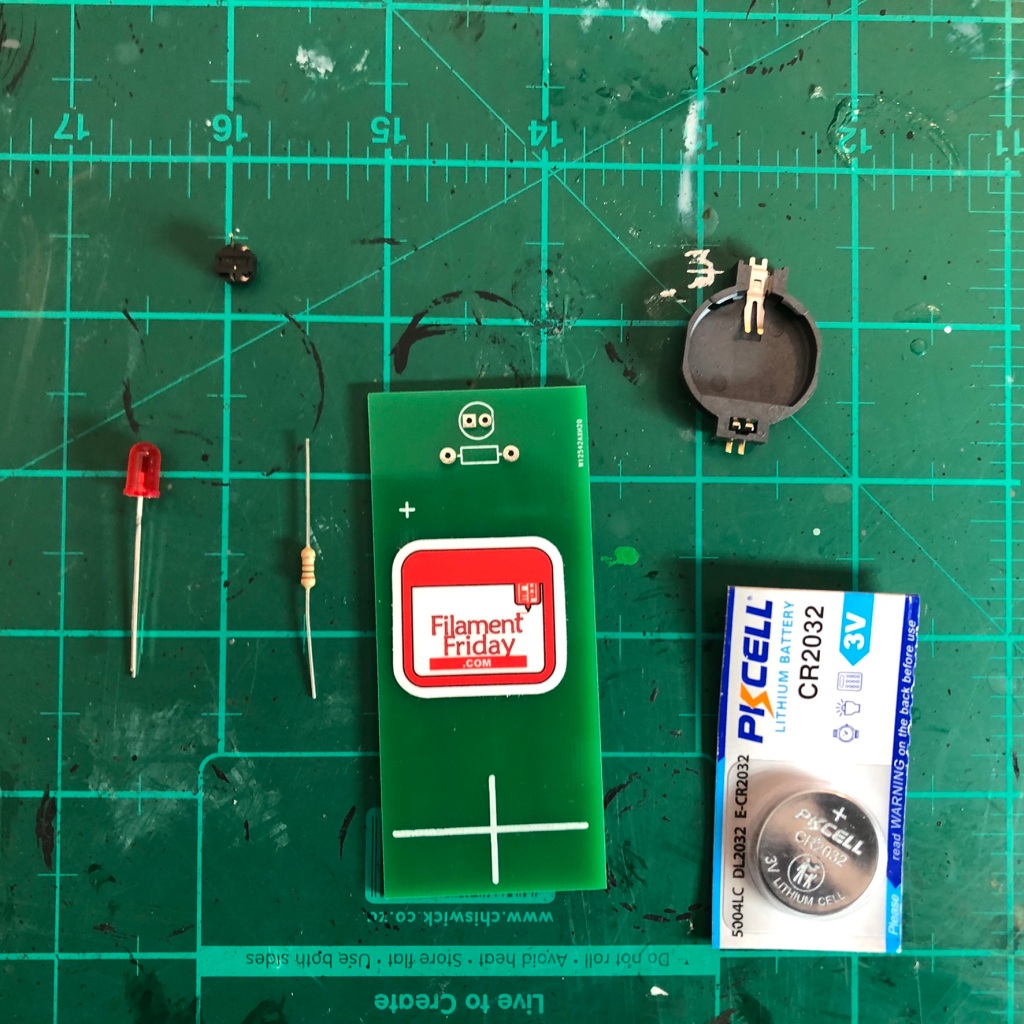

Assembly of the DIY version is straightforward, with the only tools required being a soldering iron, wire cutters and pliers.


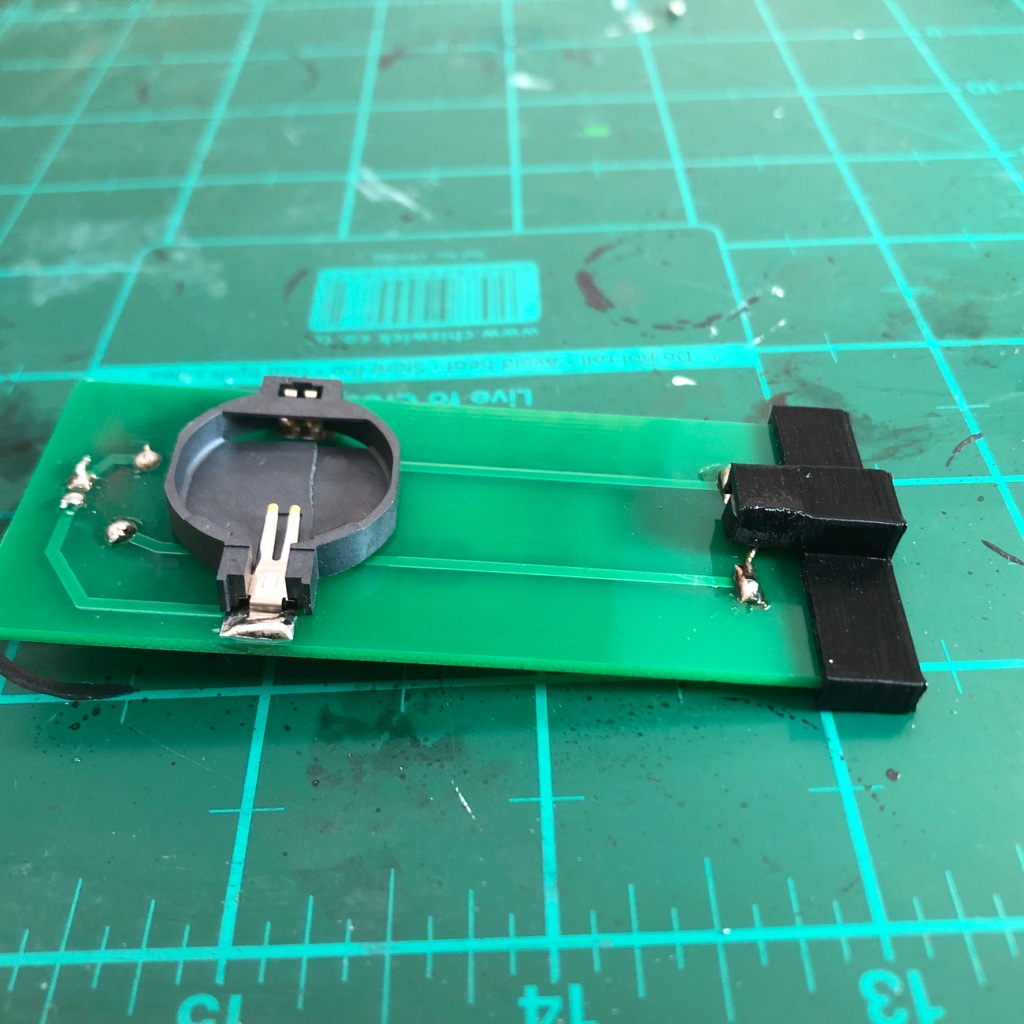
Just note that although the leveler supports any FDM printer, in theory, the gcode required to use the device is only available for a limited set of printers. It is, however, possible to modify the supplied gcode to work with any printer and here is the gcode I have changed to work with my Wanhao i3 Mini (This gcode will work for any printer with the same size print bed like the Monoprice i3 Mini).
To use the Filament Friday Bed Leveler the following four-step process is utilised:
Step 1:
Copy the Filament Friday Bed Leveler gcode file to an SD card and print the file on your 3D printer. This will result in the print head moving to the first corner and waiting for a pre-defined time (as configured in the gcode) before moving to the next corner.
Step 2:
Insert the bed leveler under the print head with the nozzle centred on the cross printed on the top of the device.
Step 3:
Loosen\Tighten the bed levelling screws of the corresponding corner until the LED on the bed leveler barely lights up. (The LED should be dimly lit if the LED is brightly lit, the nozzle is too close to the bed.)
Step 4:
Repeat steps 2 and 3 for all the corners of the print bed. For the best results, repeat the entire process one additional time.
The Filament Friday Bed Leveler is a great and inexpensive little device that takes the guesswork out of bed levelling, and for the price, you cannot go wrong by adding it to your 3D printing toolset.



